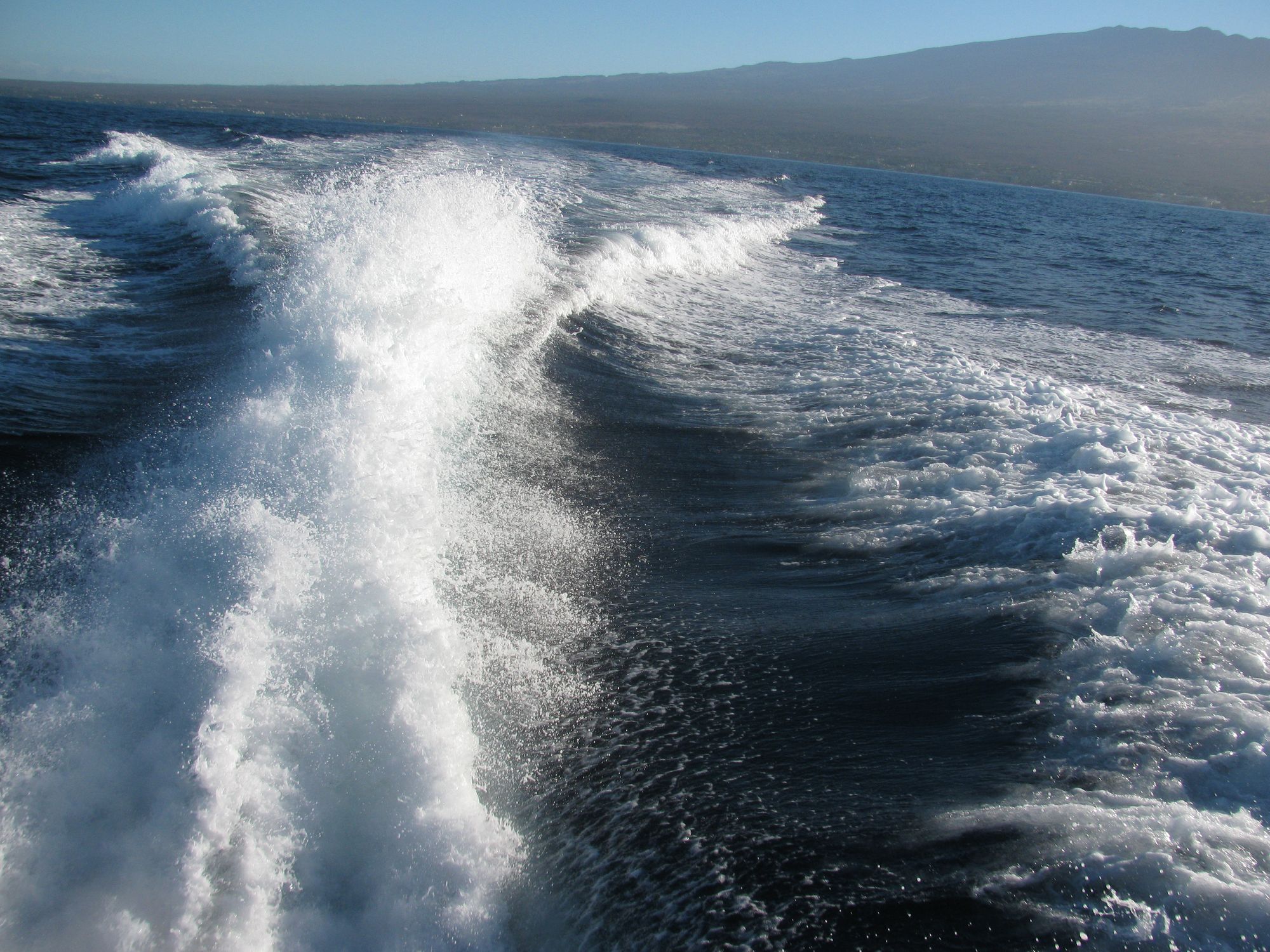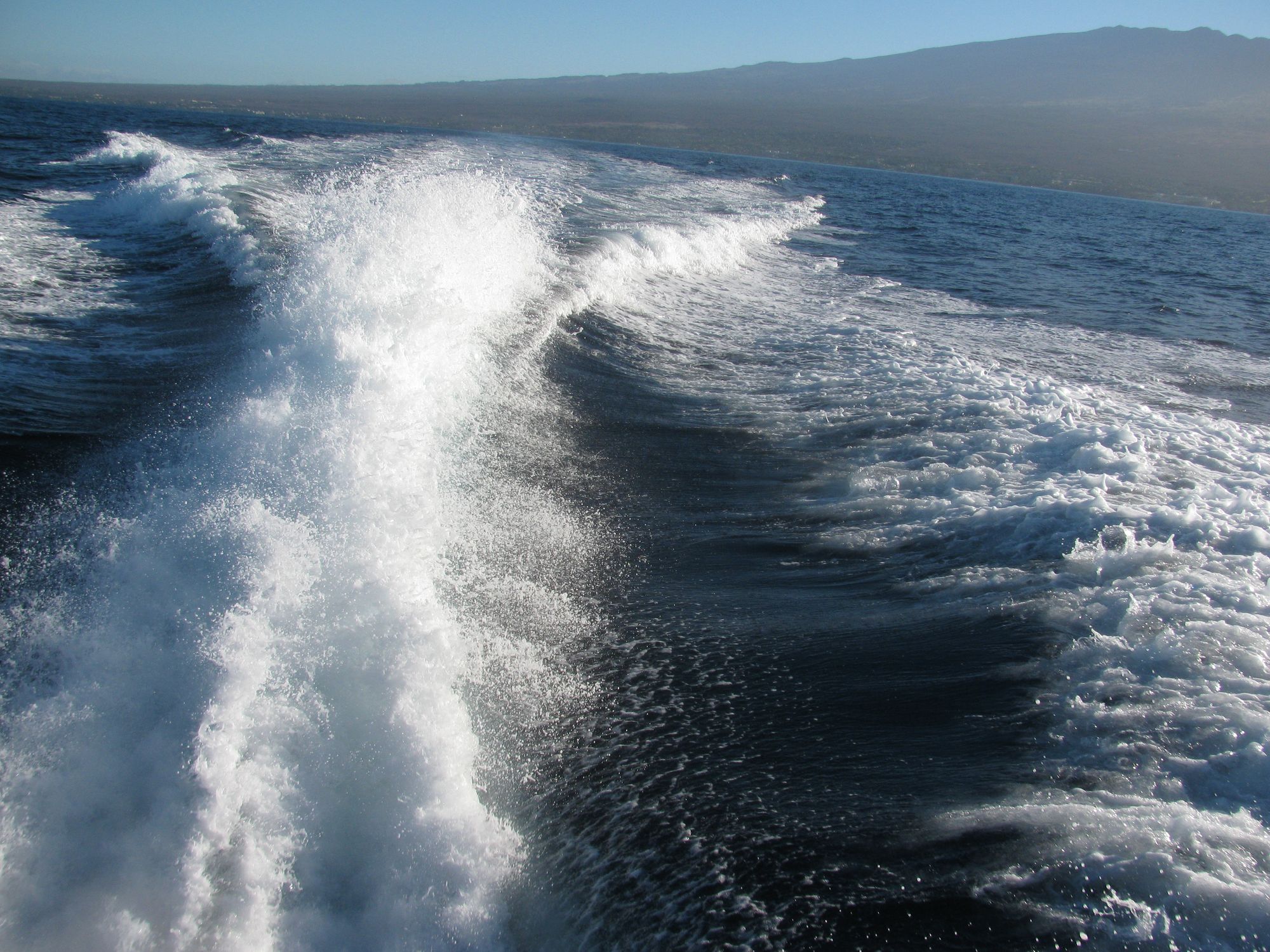Why not to slow down for paddlers

And why paddlers shouldn’t worry

I’m an avid boater and paddler. That might be a bit of a rarity, but it gives me a different perspective on sharing the water.
Boaters
There are two types of hull, displacement and planing. Sailboats and trawlers are examples of displacement hulls. Regardless of how much power they have they cannot get up on plane and are limited by their hull speed (1.34 times the square root of the water line length of the boat in feet, for you science geeks). Planing hulls can … get up on plane, where only part of the hull is in the water.
How does this affect wake size? It doesn’t for displacement hulls which put up a very small wake. It’s the planing hulls where the great wake debate comes in.
At idle speed a planing hull acts like a displacement hull, putting up a small wake. Once the boat is on plane, the wake is also minimal. It’s the middle ground where the speed is above a fast idle, but less than what is required to get the boat up on plane that is the trouble. As power is applied the bow rises and in turn the stern drops creating a large wake. At these speeds planing hull wakes can be 600% larger than at idle or planing.
What appears to be a courtesy to come off plane and slow down for paddlers actually puts them into a much larger and faster breaking wake than if you were to stay on plane.
If you still want to slow down for paddlers, they appreciate it, but keep in mind the timing. Slowing just before you reach them sends a large bow wake directly ahead of you. It’s best to slow well in advance and let the wake settle before it reaches the paddler.
The moral of the story is keep you speed up!
And by the way, it’s nice that you wave, but we paddle using both hands and can’t return the courtesy.
Paddlers
We all dread the sound of an approaching boat, especially from behind us. You never know if you have been seen or where the boat is going. In channels, I tend to paddle at the seaward edges to give the motor boats more room and eliminate any decision making.
When I first started out I used to be scared of wakes and remember the inner conversation that went something like this:
What the hell is that guy doing?
Is he going to slow down?
What if he doesn’t?
After many miles on the water I now only ask if there is a clear space for the boat to pass. When two boats are approaching each other—and your paddle craft is a boat—port to port (or your left side to the other boat) is common. From behind, there is no set rule and it is often dictated by the water and conditions.
Now, the other thing I do is pray that the boat doesn’t stop or slow. Being overtaken or passed by a boat running at high speed is unnerving, but much safer for us paddlers.
